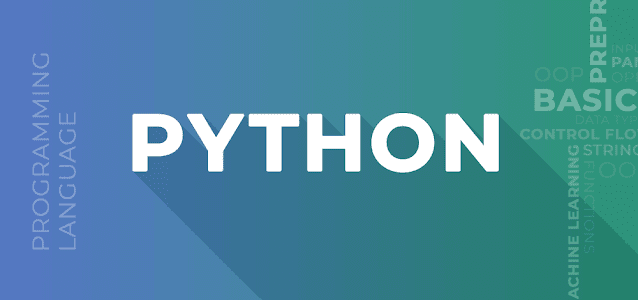Linked lists, a versatile data structure, exemplify the power of dynamic memory allocation. Unlike arrays, linked lists dynamically adjust their size during runtime, offering flexibility in managing data. In this exploration, we'll delve into the intricacies of linked lists in Python, understanding their properties, operations, and real-world applications.
What is a Linked List?
A linked list is a linear data structure consisting of nodes, where each node contains data and a reference or link to the next node. The last node typically points to null, indicating the end of the list. Linked lists can be singly linked, where nodes have one reference, or doubly linked, where nodes have references to both the next and previous nodes.
# Creating a simple singly linked list node in Python
class Node:
def __init__(self, data):
self.data = data
self.next = None
# Creating nodes
node1 = Node(1)
node2 = Node(2)
node3 = Node(3)
# Linking nodes
node1.next = node2
node2.next = node3
In the example above, a simple singly linked list is created using a Python class `Node`. Each node contains data and a reference to the next node. The nodes are linked together to form a sequence.
Key Features of Linked Lists
Linked lists possess key features that make them suitable for specific scenarios:
- Dynamic Size: Linked lists can dynamically grow or shrink during runtime.
- Dynamic Memory Allocation: Memory is allocated as needed, offering flexibility.
- Efficient Insertion and Deletion: Adding or removing elements is efficient.
- Singly/Doubly Linked: Nodes may have references to the next and/or previous nodes.
Common Operations on Linked Lists
Linked lists support essential operations that facilitate the manipulation of data:
- Insertion: Add a new node to the list.
- Deletion: Remove a node from the list.
- Traversal: Visit each node in the list.
- Search: Find a specific node in the list.
Let's explore some of these operations with examples:
# Insertion
new_node = Node(4)
node3.next = new_node
# Deletion
node2.next = node3.next
# Traversal
current_node = node1
while current_node is not None:
print(current_node.data)
current_node = current_node.next
# Search
def search_node(head, target):
current_node = head
while current_node is not None:
if current_node.data == target:
return True
current_node = current_node.next
return False
print(search_node(node1, 2))
# Output: True
The above Python code demonstrates various operations on a singly linked list. It showcases the dynamic memory allocation and flexibility of linked lists, making them a powerful choice in scenarios where dynamic resizing is crucial.
Use Cases for Linked Lists
Linked lists find their utility in various situations:
- Dynamic Size Requirements: Situations where the size of the data structure is unknown or varies.
- Efficient Insertion/Deletion: When frequent insertions and deletions are performed.
- Implementation of Stacks and Queues: Linked lists serve as the foundation for these essential data structures.
- Undo Mechanisms: Supporting undo operations in applications.
Conclusion
Linked lists, with their dynamic memory allocation and efficient manipulation, offer a valuable tool in the programmer's arsenal. Whether you're dealing with unpredictable data sizes, frequent insertions and deletions, or building foundational data structures, linked lists showcase their adaptability and power. Embrace the dynamic memory allocation in action with linked lists, making your Python programming journey more versatile and efficient.




.jpg)
.png)


0 Comments